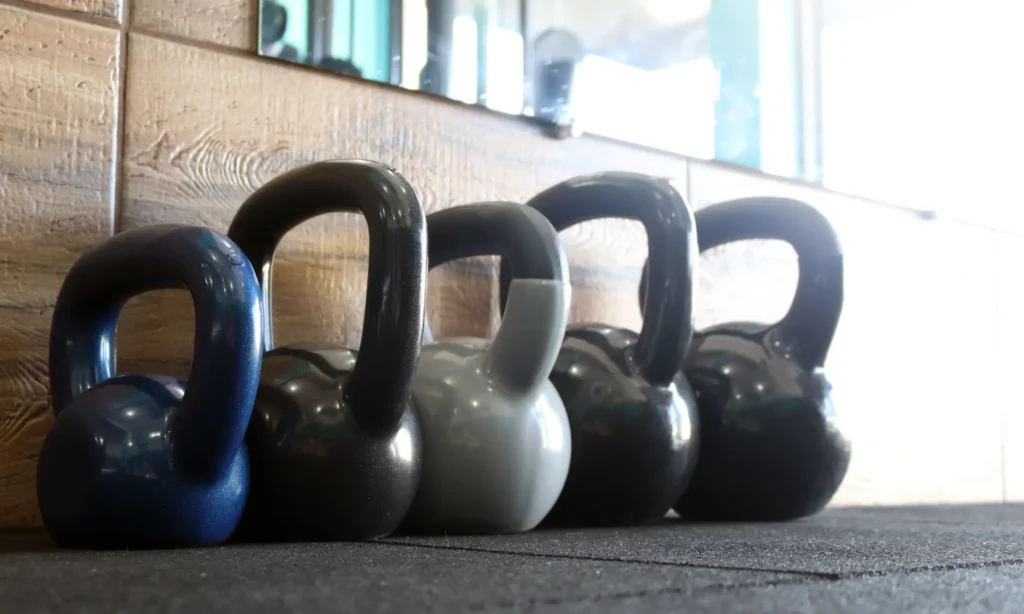Kettlebells, celebrated for their ability to deliver a potent blend of strength and cardiovascular conditioning, are a staple in modern fitness regimens. Yet, the very design that makes them so effective also presents unique challenges and risks. Understanding the nature of kettlebell injuries and adopting proactive measures is essential to ensure a safe and effective training experience.

Injuries related to kettlebell training often arise from a combination of factors, including improper technique, inadequate warm-up, excessive load, and insufficient recovery. Among the most common injuries are strains and sprains, which frequently affect the lower back, shoulders, and wrists. These injuries typically result from incorrect lifting methods or sudden, forceful movements. Shoulder injuries are particularly prevalent, as exercises like swings and snatches exert significant stress on the rotator cuff and surrounding muscles. Inadequate form during these dynamic movements can lead to impingements, strains, or even shoulder instability. Similarly, lower back injuries can occur when proper spinal alignment is not maintained, while wrist injuries may arise from an improper grip or overloading the weight.



To mitigate these risks, mastering proper technique is paramount. Start with lighter kettlebells to focus on perfecting your form before progressing to heavier weights. Key elements of correct technique include a strong hip hinge during swings and cleans, maintaining a neutral spine to avoid back strain, and performing each movement with deliberate control to avoid jerky or abrupt actions. Ensuring that your movements are fluid and precise will significantly reduce the risk of injury.
Equally important is a comprehensive warm-up and cool-down routine. A well-structured warm-up should include dynamic stretches and mobility exercises that activate the muscles you will be using. This prepares your body for the intensity of kettlebell training and helps prevent injuries. Post-workout, a thorough cool-down involving static stretches will aid in reducing muscle stiffness and promoting recovery, ensuring your body can handle future sessions with greater ease.
Progression in kettlebell training should be gradual. Avoid the temptation to jump to heavier weights too quickly instead, incrementally increase the load to allow your body to adapt and strengthen over time. Sudden increases in weight can overwhelm the muscles and joints, leading to injury. Implementing a structured progression plan will help you build strength safely and effectively.



Proper equipment is also crucial. Ensure that your kettlebell is well-maintained and appropriate for your fitness level. A kettlebell with a damaged handle or an uncomfortable grip can increase the risk of hand and wrist injuries. Choose a kettlebell that fits comfortably in your hand and is suitable for your current strength and skill level.
Incorporating complementary strength and flexibility exercises into your routine can enhance overall stability and reduce the risk of injuries. Focus on strengthening the core, shoulders, and hips, as these areas play a crucial role in stabilizing the body during kettlebell movements. Additionally, listen to your body’s signals. Persistent pain or discomfort should not be ignored; instead, adjust your weight, technique, or seek advice from a fitness professional if necessary.
By understanding the causes of kettlebell injuries and implementing preventive measures, you can enjoy the myriad benefits of kettlebell training while minimizing risk. Embrace a disciplined approach to technique, warm-up and cool-down routines, gradual progression, and equipment maintenance to ensure a safe, effective, and rewarding kettlebell training experience.
Elevate your performance with Apex Sports Clinic! Schedule an appointment today for personalized, expert care in optimizing your athletic potential.


